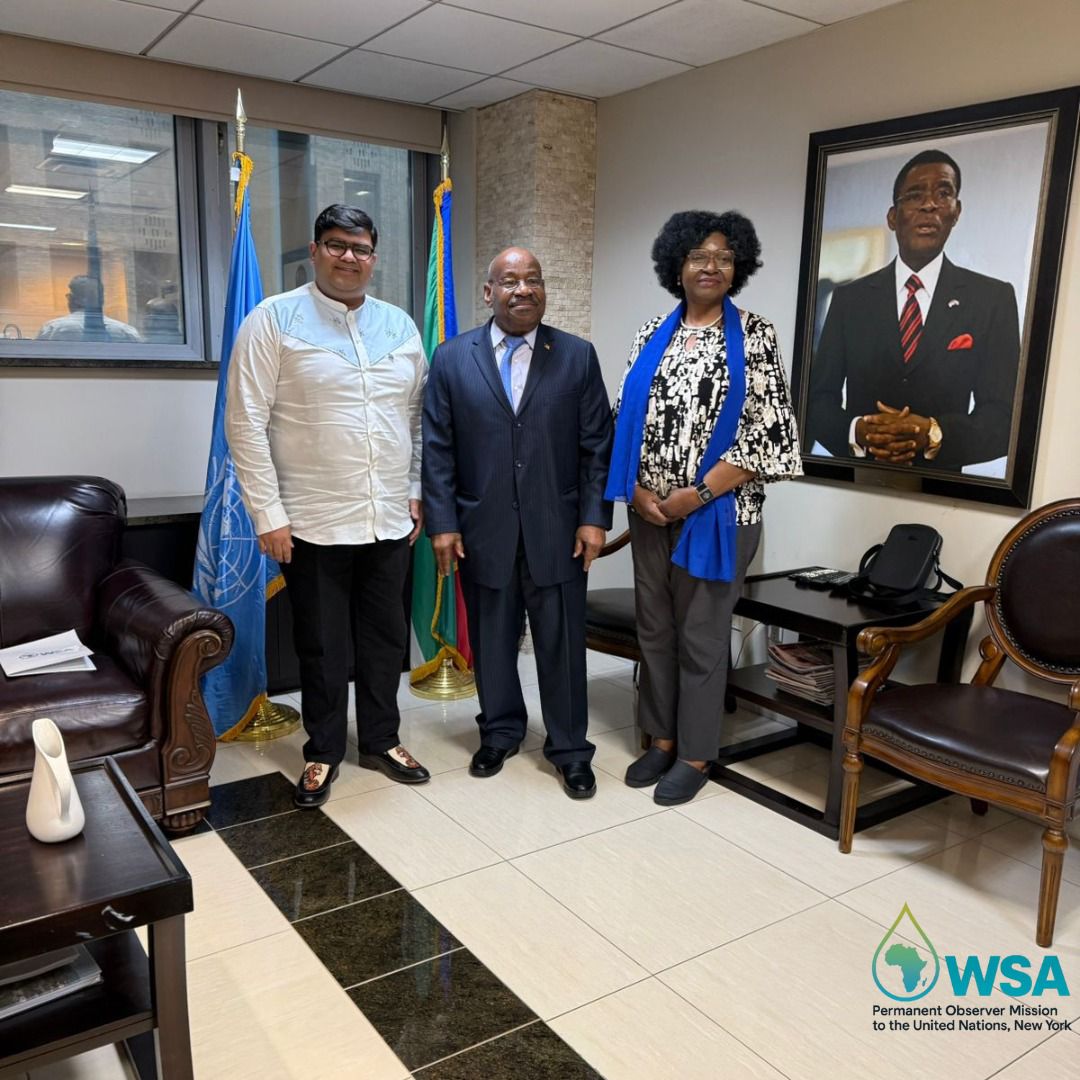WATER AND SANITATION FOR AFRICA
History
Historical journey
In 1988, at the end of the International Water Decade, faced with an increasingly worrying problem of access to water and sanitation due to population growth and insufficient capacity funding and the lack of appropriate technologies in the sector, CREPA was set up with headquarters in Burkina Faso. Its main mission at the time was to provide answers to technological problems.
A mission that he carried out between 1988 and 1992 through the development of autonomous sanitation technologies, community waste management and support for small operators. Between 1993 and 1996, the organization marked a shift with the adoption of a holistic approach integrating in particular the participation of the populations, the approaches to promoting HAEP and the strengthening of the capacities of the actors. The appropriation of CREPA programs by the States, which took place in 1997, gave the organizationits fundamentally African dimension with the establishment of a public interest institution in place of the associative organization known until then. States then become more involved in steering the organization through the Council of Ministers, CREPA intervenes more in national programs and supports States in the formulation of policies and strategies.
Between 2006 and 2010, it was a move to the continental scale based on the numerous research results recorded during the first eighteen years.
We then witness a strong involvement of the organization in supporting the decentralization process, the implementation of programs at the scale of large cities and the integration of the problem of HIV AIDS and aspects linked to gender.
The institution is also interested in achieving the MDGs and makes links with other sectors. In 2011, the institution marked a decisive turning point in its evolution. Following the reforms initiated by the Council of Ministers, the now ex CREPA gives way to the Pan-African Intergovernmental Water and Sanitation Agency for Africa: EAA
The mission of the new organization is based on a multi-sectoral approach to promoting sustainable and equitable access for African populations to water and sanitation services through the development of integrated, innovative and sustainable solutions.
It supports African countries in the formulation, implementation and monitoring of policies, strategies and initiatives as well as the mobilization of financial resources and innovative skills. It has a new organizational structure with three operational bodies: the EAA Foundation, the Research and Skills Center and the Execution Agency.
Download PDF EAA

